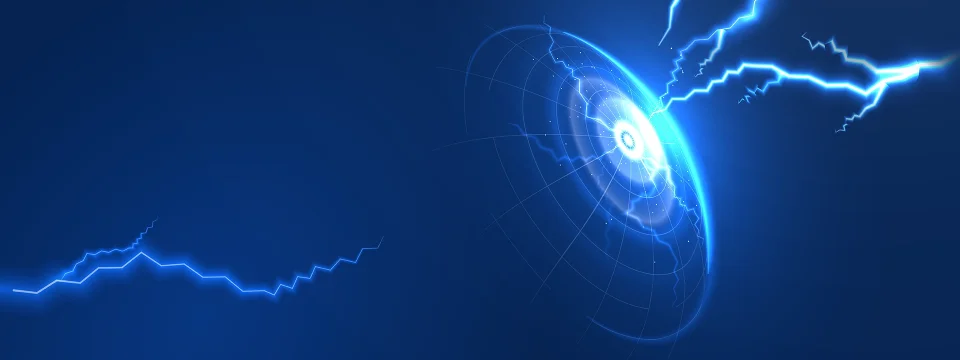Technical Articles

For the electrical system to be safe, reliable, and efficient, it is very important to keep voltage at the right level. If the voltage is too low (undervoltage), it can cause devices to pull high currents, making them overheat. If the voltage is too high (overvoltage), it can damage the insulation. Maintaining a constant and appropriate voltage extends equipment life, minimizes damage, and ensures proper operation
What is Under Voltage and Over Voltage and how it affects the Contactor’s working?
Under Voltage.
Undervoltage is a condition where the voltage in a power system drops below the nominal or rated voltage level for an extended period.
Impact on Contactors:
When a contactor coil is subjected to undervoltage, the electromagnetic coil may not generate sufficient magnetic flux to fully close the magnet gap. This leads to an open gap or chattering condition, where the magnets attempt to pull in but doesn’t make full contact. In this state:
Over voltage:
An overvoltage is a voltage that exceeds the maximum value of operating voltage in an electric circuit.
Impact on Contactors:
When a contactor coil is subjected to overvoltage:
Why to use UV and OV relay?
Undervoltage (UV) and Overvoltage (OV) relays are critical protective devices designed to safeguard electrical equipment from the detrimental effects of voltage variations beyond acceptable limits. Their primary function is to continuously monitor the supply voltage and initiate protective actions when a pre-set threshold is crossed.
How They Operate:
The single diagram is shown below:-

Single line diagram of the circuit
Need Help?
Choose from the options to reach us